Embark on an unforgettable driving adventure through Scotland’s breathtaking landscapes, uncovering hidden gems and iconic landmarks along the way.
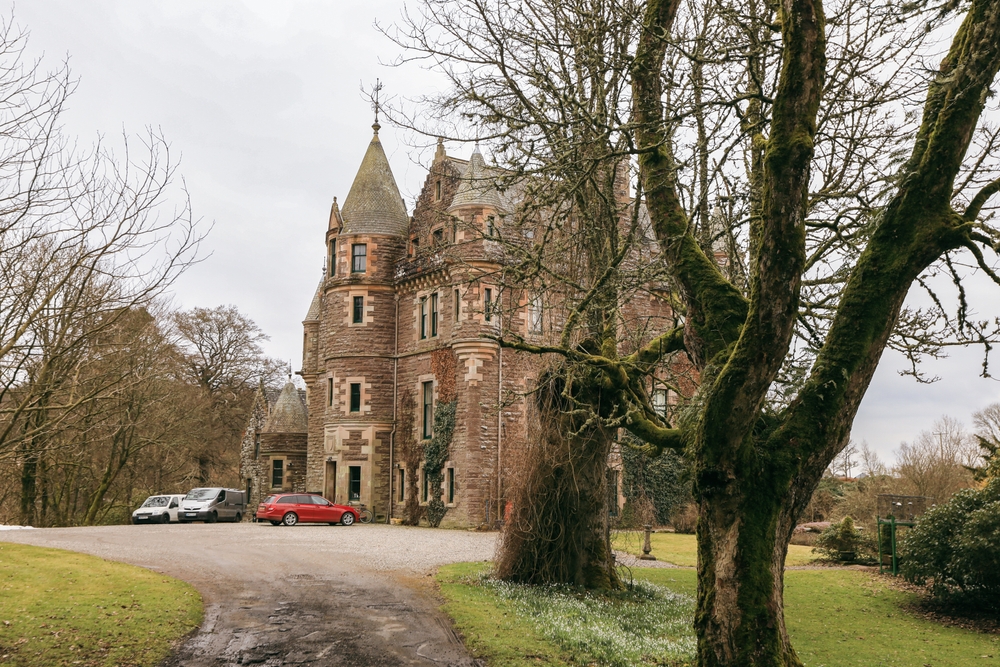 Scotland, with its dramatic scenery, ancient castles, and vibrant culture, is an ideal destination for a driving holiday. The freedom of the open road allows you to explore the country’s diverse regions at your own pace, discovering its hidden charms and iconic landmarks. From the rugged Highlands to the rolling hills of the Borders, a Scottish road trip promises an unforgettable experience.
Scotland, with its dramatic scenery, ancient castles, and vibrant culture, is an ideal destination for a driving holiday. The freedom of the open road allows you to explore the country’s diverse regions at your own pace, discovering its hidden charms and iconic landmarks. From the rugged Highlands to the rolling hills of the Borders, a Scottish road trip promises an unforgettable experience.
Planning your route
The first step in planning a Scottish driving holiday is to decide on a route. Several popular options cater to different interests and time constraints.
- The North Coast 500 (NC500): This iconic 516-mile route circles the northern Highlands, offering stunning coastal views, dramatic mountain passes, and charming villages. It’s a challenging but rewarding drive, best suited for experienced drivers and those with ample time.
This 516-mile loop is best enjoyed over 5 to 7 days, allowing time to fully appreciate the scenery and attractions along the way.
- The Scottish Highlands: A trip through the Highlands offers a mix of history and natural beauty. Explore the iconic Loch Ness, visit historic castles like Eilean Donan, and hike through the Cairngorms National Park.
A classic Highlands road trip, such as from Glasgow to Inverness via Fort William and Loch Ness, can comfortably be covered in about 4 days.
- The Isle of Skye: Accessible by bridge, Skye is a magical island with dramatic landscapes, including the iconic Old Man of Storr and the Fairy Pools. The island’s narrow roads and rugged terrain make for an adventurous drive.
Exploring the Isle of Skye’s highlights is ideal over 3 days, giving you time to visit top sites and enjoy the landscapes.
- The Borders: Located in the south of Scotland, the Borders region offers a more relaxed driving experience. Explore historic abbeys, charming market towns, and rolling hills.
A scenic drive through the Borders region can be experienced in 3 days, letting you visit historic towns and picturesque countryside.
Preparing for your trip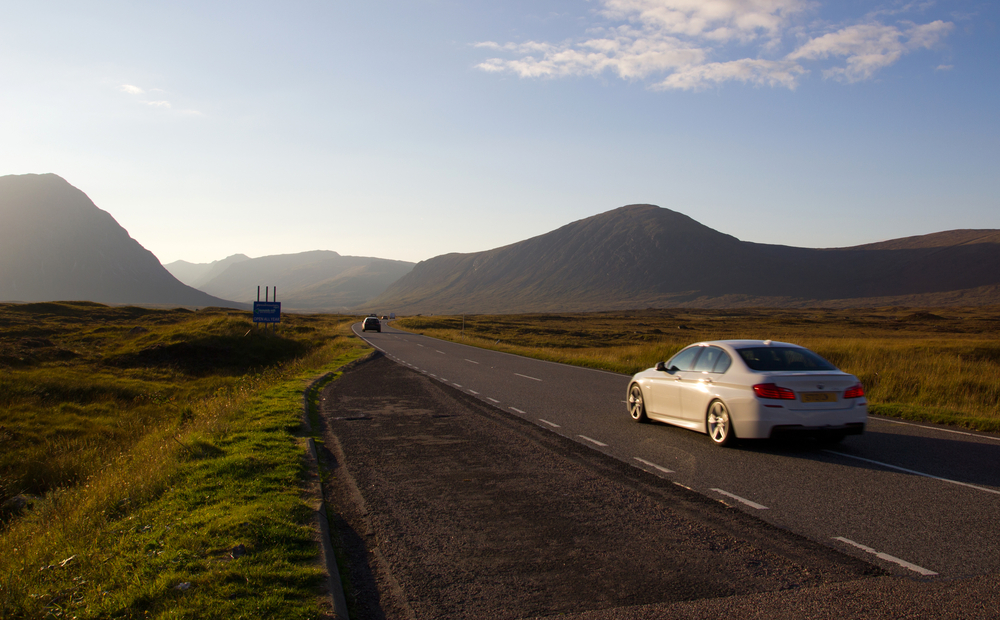
Before setting off on your Scottish road trip, it’s essential to make some preparations.
- Car rental: Ensure that your rental car is suitable for the terrain you’ll be driving on. A four-wheel-drive vehicle may be necessary if you plan to explore remote areas.
For convenience and peace of mind, AA Singapore members can enjoy exclusive rates and instant confirmation on overseas car rentals through Europcar, offering a wide selection of vehicles to match your travel needs.
- Accommodation: Book your accommodation in advance, especially during peak season. Scotland offers a range of options, from cosy bed and breakfasts to luxury hotels.
- Navigation: While GPS is helpful, it’s also a good idea to have a physical map, especially for areas with limited mobile reception. For reliable navigation, consider the Philip’s Navigator Scotland (A4 spiral binding) or the VisitScotland Touring Map, both highly regarded for their detail and ease of use. For even more localised exploration, the Ordnance Survey Landranger Maps are excellent choices.
- Driving conditions: Be prepared for varying weather conditions, especially in the Highlands. Pack layers of clothing and check the forecast before you set off each day.
Drivers should be prepared for a wide range of weather, including frequent rain and showers, cool temperatures, snow and ice. In the Highlands and at higher altitudes, fog and low visibility, and strong winds, particularly along the coast and in exposed areas, can make driving more challenging.
It is advised that drivers travelling between October and March request winter tyres when hiring a car, as these provide better grip and shorter stopping distances on icy or snowy roads. Carry an emergency kit with an ice scraper, de-icer, shovel, torch, warm clothing, food, water, and a physical map.
Always check the weather forecast before setting out, and be prepared to adjust your plans if conditions worsen. Drive cautiously on narrow, winding, or single-track roads, especially in poor weather, and be alert for road closures or gritting operations in winter.
Must-see attractions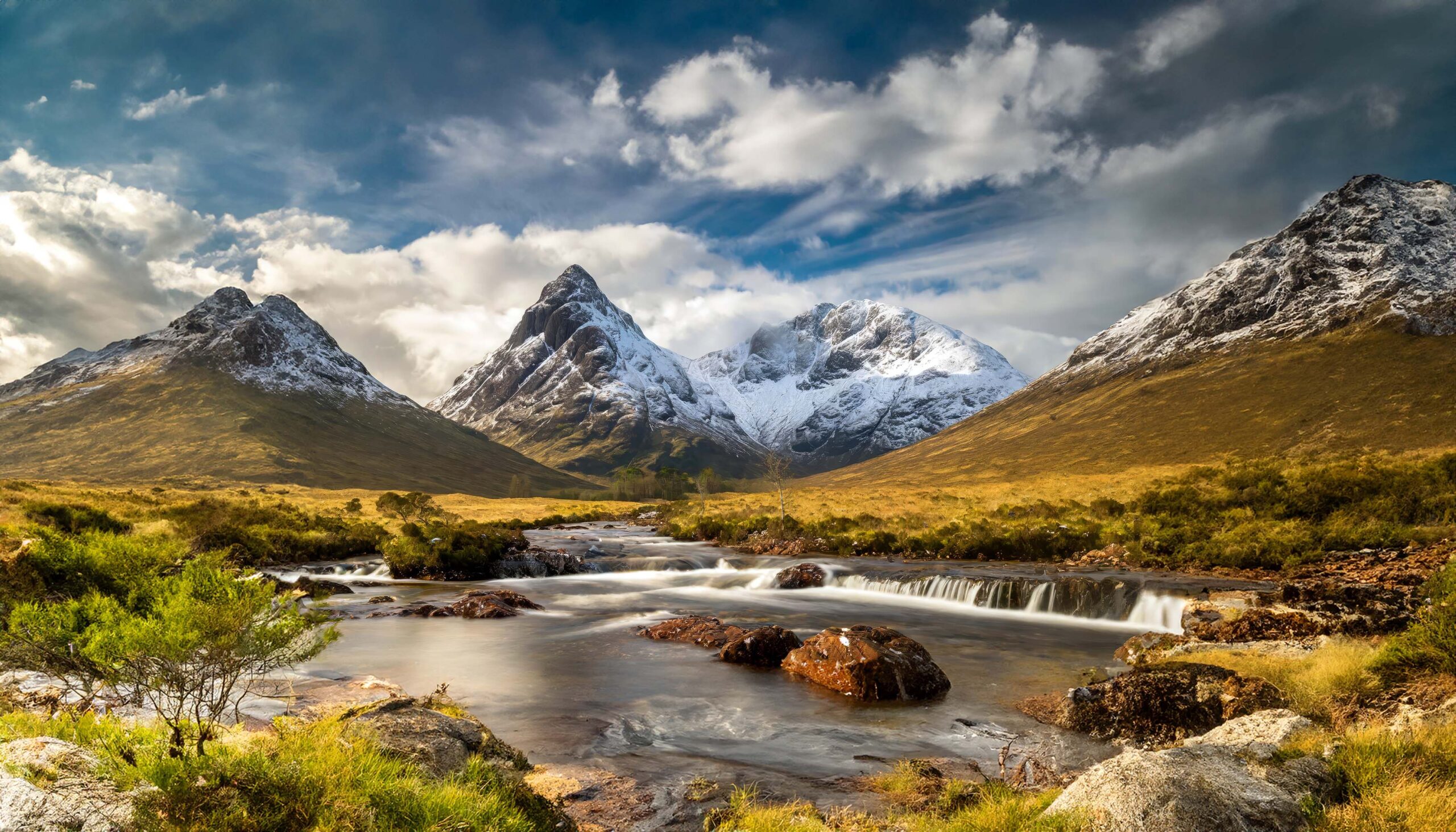
No matter which route you choose, you are bound to find several must-see attractions to add to your itinerary.
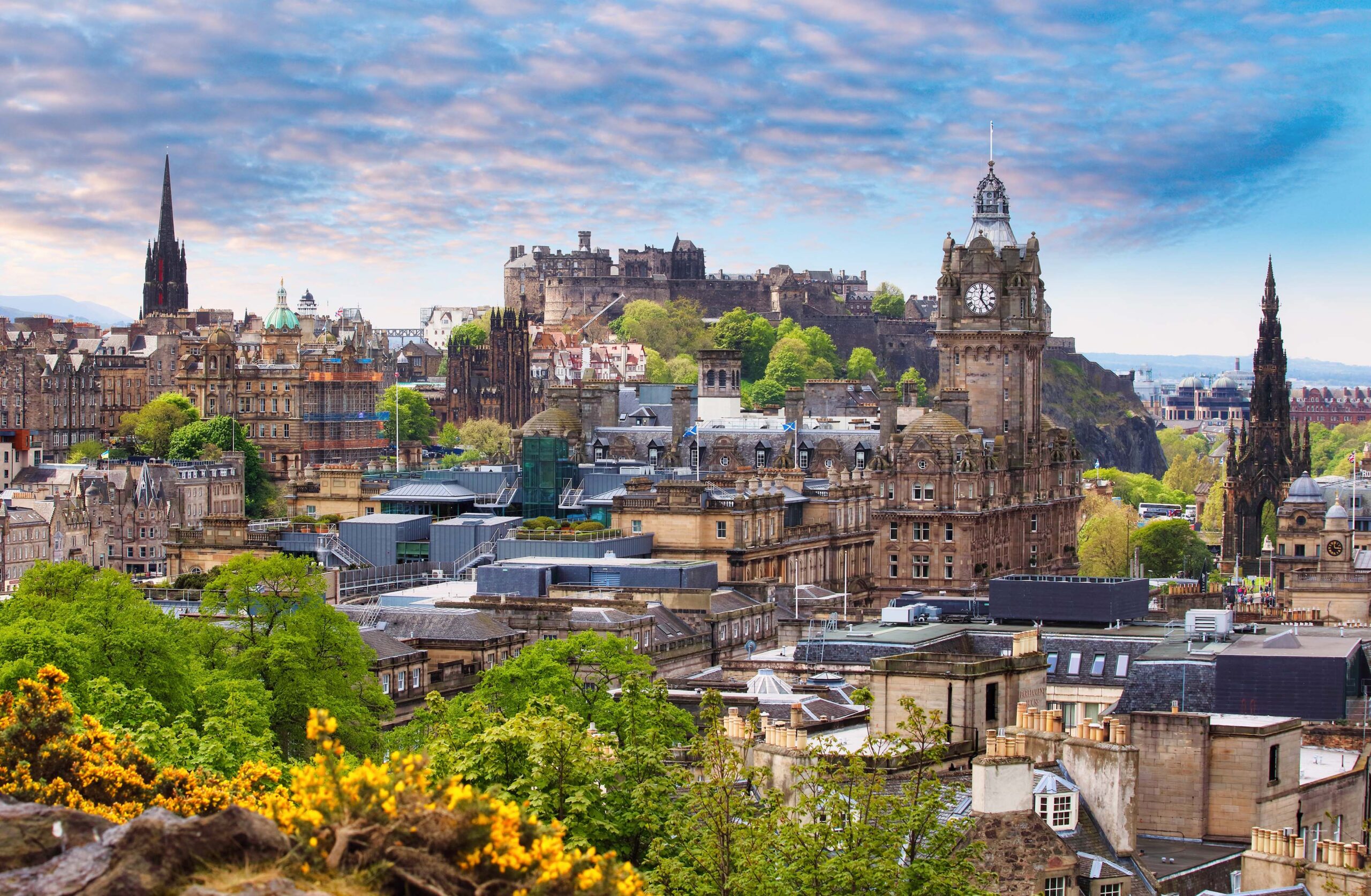
-
Edinburgh
Scotland’s capital city is a must-visit. Explore the historic stroll along the Royal Mile, and hike up Arthur’s Seat for panoramic views.
If you choose to give the famous Edinburgh Castle a miss, there are still plenty of fantastic options to explore in Scotland’s capital. Stroll along the Royal Mile and discover historic gems such as St Giles’ Cathedral, renowned for its stunning Gothic architecture and beautiful stained glass windows.
Dive into Edinburgh’s hidden history at The Real Mary King’s Close, an underground attraction revealing the city’s secret streets and stories. You can also visit the Palace of Holyroodhouse, the official royal residence in Scotland, or climb the Scott Monument on Princes Street for panoramic city views.
The Grassmarket area, just a short walk from the Royal Mile, offers vibrant pubs, quirky shops, and a lively atmosphere steeped in history. For literary enthusiasts, Makars’ Court and The Writers’ Museum celebrate Scotland’s great writers.
With its cobbled streets, historic buildings, museums, and buzzing cafés, Edinburgh’s Old Town offers a rich array of experiences beyond the castle walls.
- Loch Ness
Home to the legendary Nessie, Loch Ness is a deep freshwater loch surrounded by stunning scenery. Take a boat trip or visit the Loch Ness Centre & Exhibition.
Explore the Abriachan Forest, a 530-hectare area high above the loch, featuring family-friendly walking and mountain biking trails with panoramic views, rich wildlife, and tranquil woodland paths.
The Loch Ness 360° Trail is an epic 80-mile route encircling the entire loch, perfect for hiking, cycling, or running, and connects you to charming villages and diverse landscapes along the way.
Nature lovers can seek out dramatic waterfalls such as the Falls of Foyers and Invermoriston Falls, both easily accessible and surrounded by lush forest. Venture further to discover hidden lochs, peaceful picnic spots, and the wild beauty of Glen Affric, renowned for its ancient woodlands and the spectacular Plodda Falls.
Picturesque towns like Fort Augustus and Drumnadrochit offer canal-side strolls, local heritage centres, and cosy cafés. Whether you prefer forest trails, waterfall hikes, or simply soaking up the scenery from a quiet shore, Loch Ness is a gateway to some of the Highlands’ most enchanting experiences.
- Eilean Donan Castle
One of Scotland’s most iconic castles, Eilean Donan is situated on an island at the meeting point of three lochs. It is renowned for its breathtaking views and rich history. Most visitors spend about 1 to 2 hours exploring the castle’s restored rooms, informative exhibits, and picturesque grounds, though some choose to linger longer to soak in the scenery or enjoy refreshments at the on-site café and gift shop.
Opening hours at Eilean Donan Castle vary throughout the year and can change seasonally, so it’s important to check the official website before your visit to confirm current timings and last admission. The visitor centre, gift shop, and café also operate on their own schedules, providing options for shopping and dining during your stop.
- Glencoe
Far more than a scenic stop, Glencoe is one of the most dramatic and atmospheric glens in the Scottish Highlands, shaped by volcanic eruptions and Ice Age glaciers. It’s a paradise for hikers and photographers, offering unforgettable trails like the Lost Valley or Pap of Glencoe, with breathtaking views at every turn.
Beyond its natural beauty, the area carries poignant historical significance as the site of the infamous 1692 Glencoe Massacre — stories you can uncover at the Glencoe Visitor Centre, which also offers immersive exhibits and panoramic viewpoints.
- Isle of Skye
The Isle of Skye is a must-visit for its otherworldly landscapes and rich folklore. Marvel at the dramatic rock formations of the Old Man of Storr or embark on a scenic walk across the Quiraing, where landslips have sculpted the terrain into a fantasy-like realm.
For a magical detour, take a dip or snap photos at the Fairy Pools, a series of crystal-clear, cascading waterfalls set against the backdrop of the Black Cuillin mountains. Skye also offers charming villages, seafood delights, and ancient castles — making it a highlight of any Highland itinerary.
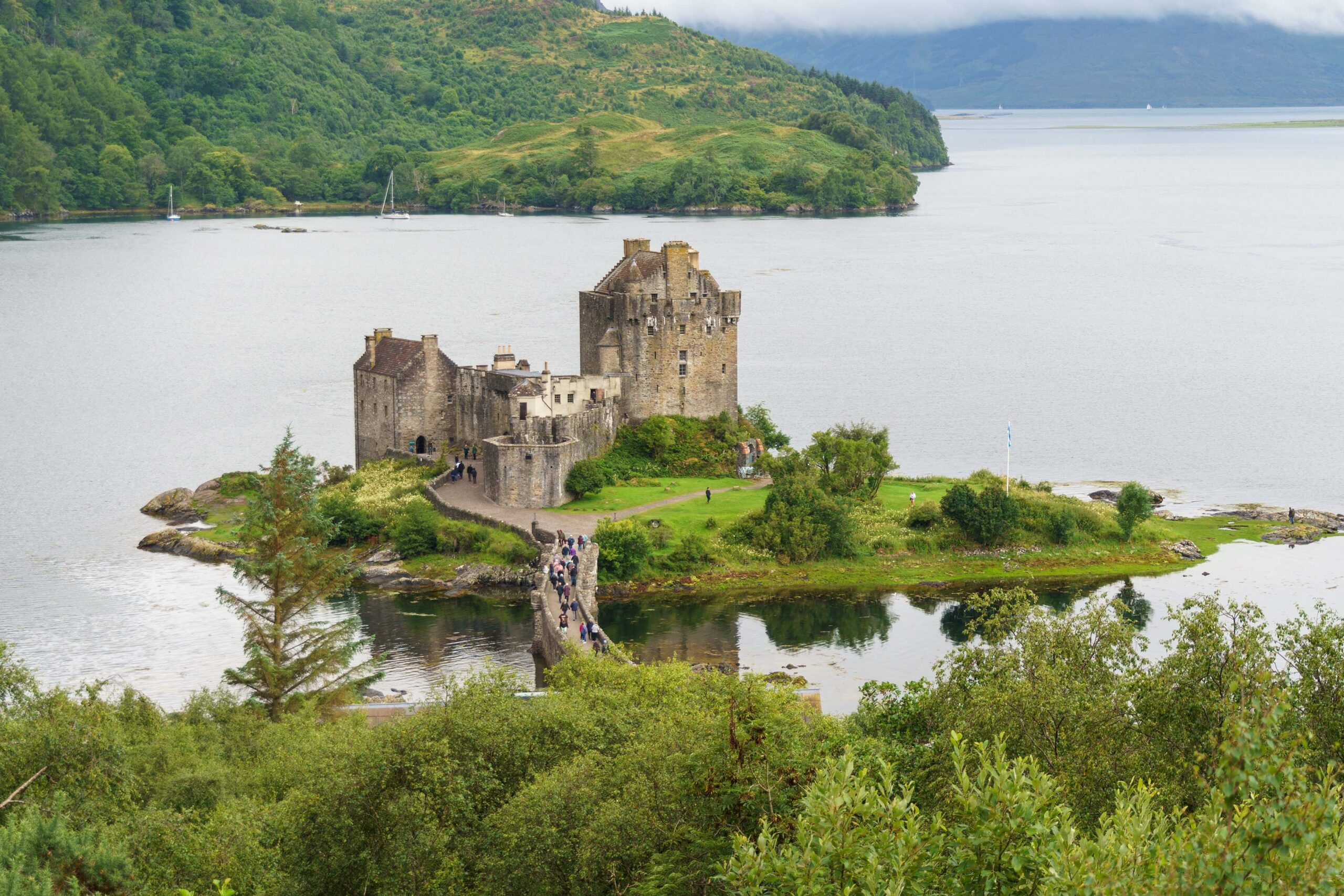
Tips for a successful road trip
To ensure your Scottish driving adventure is safe, enjoyable, and memorable, keep these essential tips in mind:
- Drive on the left: In Scotland, as in the rest of the UK, always drive on the left-hand side of the road. This is especially important to remember on narrow or winding country roads.
- Take your time and stay alert for animals: Scotland’s roads are best enjoyed at a leisurely pace. Don’t rush your journey or try to fit too much into one day. Not only will you have more opportunities to savour the breathtaking scenery, but you’ll also be better prepared for unexpected encounters with sheep, Highland cows, and deer, which often wander onto rural roads. Drive cautiously, especially in remote areas, and always be ready to slow down or stop if animals are nearby.
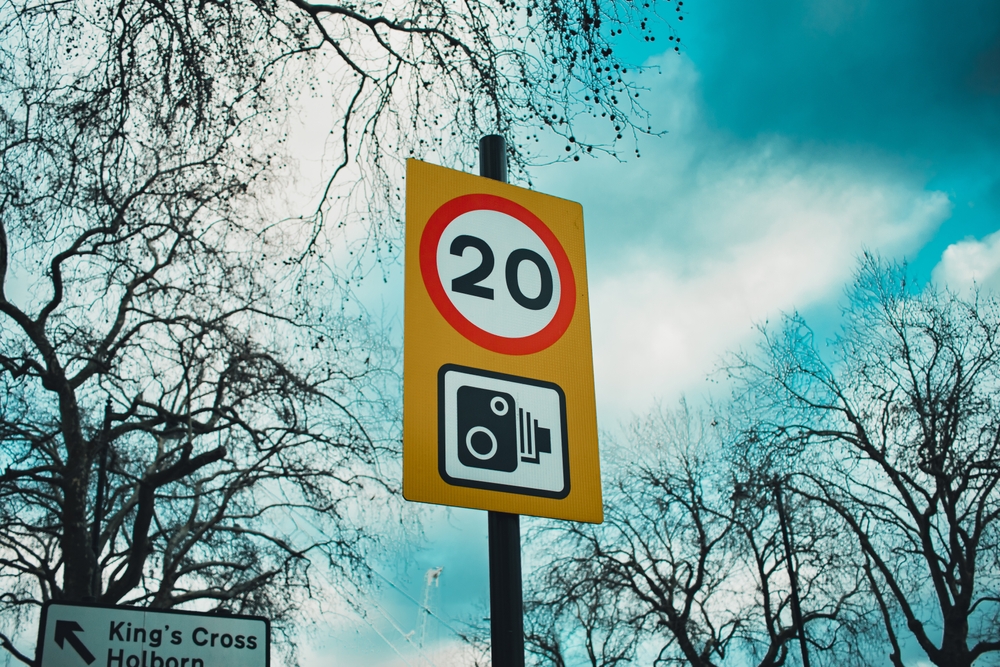
Observe speed limits: Speed limits in Scotland are signposted and must be obeyed at all times. On single carriageways, the national speed limit is 60 mph, but conditions may require you to drive much slower-especially on winding, narrow, or wet roads. In towns and villages, limits are typically 20–30 mph. Adjust your speed to suit the road and weather conditions, and never feel pressured to drive faster than you’re comfortable with.
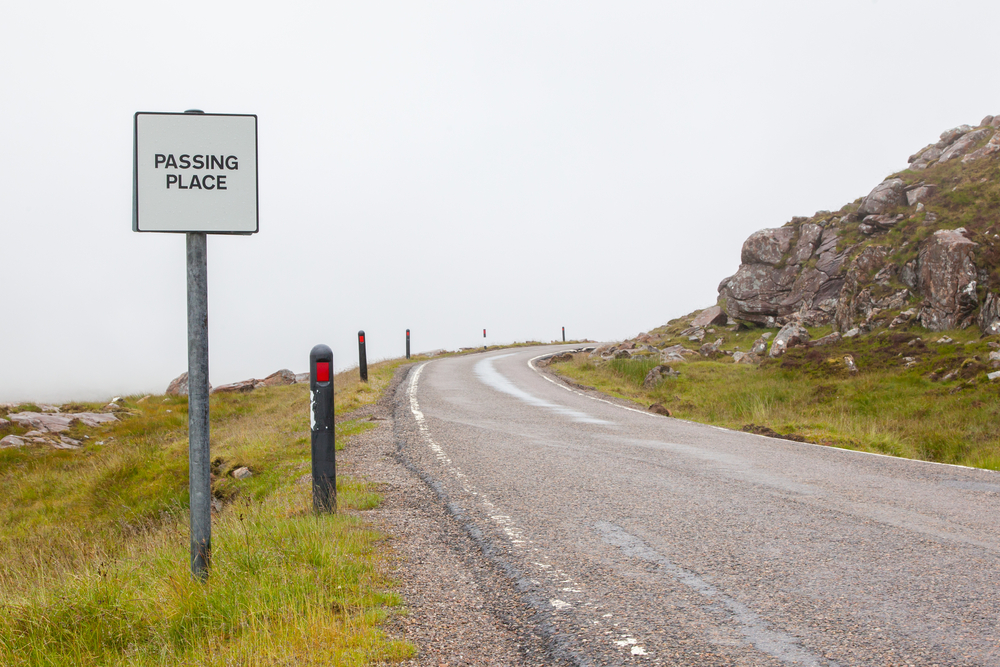
- Single-track roads and passing places: Many Highland and rural routes are single-track roads with designated passing places. These are not for parking or stopping to take photos – never block a passing place, as they are essential for allowing vehicles to pass each other safely.
If you see an oncoming vehicle, use the nearest passing place on your left. If the passing place is on your right, stop opposite it to let the other vehicle use it. Be prepared to reverse to the nearest passing place if needed. On single-track roads, if you meet another vehicle and the closest passing place is behind you, you may need to carefully reverse so that both vehicles can safely pass each other.
This is a common courtesy and an important part of driving etiquette on Scotland’s narrow rural roads.
- Stay calm and courteous: You may encounter slow-moving farm vehicles or local drivers familiar with the roads. If traffic builds up behind you, use passing places to allow others to overtake safely. Patience and courtesy go a long way in making your journey-and others’-more pleasant.
- Be prepared for changing conditions: Scottish weather is famously unpredictable and can change rapidly. Check forecasts before you set out, and be ready for rain, fog, or icy patches-especially in the Highlands. Use headlights in low visibility and take extra care on unlit rural roads.
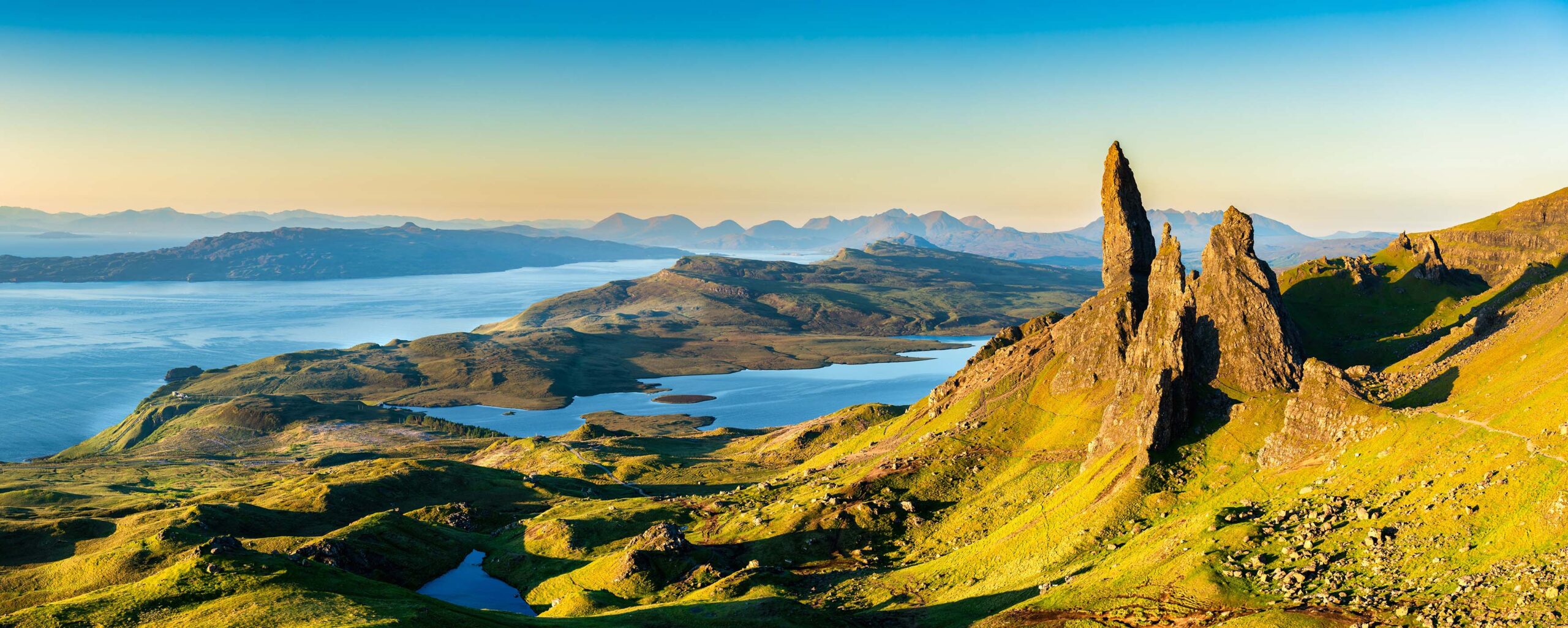
An unforgettable experience
A driving holiday in Scotland is an unforgettable experience. With its stunning landscapes, rich history, and vibrant culture, Scotland offers something for everyone. By planning your route carefully, preparing for the conditions, and taking your time to explore, you can create memories that will last a lifetime.



